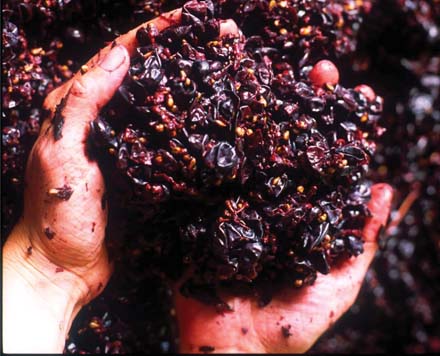A recent ruling has halted the Department of Labor’s new federal overtime regulation that would extend overtime pay to millions of salaried employees.
How to Behave at a Sushi Restaurant
Everyone seems to be eating sushi these days. What some people do not realize, however, is that eating this traditional Japanese food comes with its own set of rules, most of which are in regards to showing respect to the chef that prepared the food. If you would like to learn how to behave at a sushi restaurant, here are some things you should know.
Sushi is Art
Traditionally, one learns to appreciate art by going to a museum or gallery to observe it. The beginning sushi chef starts his or her career by watching other sushi chefs for as long as the first month of training. Chefs use certain body movements and ways of cutting and arranging the food that results in beautiful arrays that vary in color, texture, size and taste, and, therefore, a true culinary art. The appearance of the sushi is as important to the chef as the flavor, so one should take his time to observe and appreciate the food when it is served.
If seated at the bar, it is proper etiquette to order sushi directly from the chef, but to reserve drink orders for the wait staff.
If one would like to see the artful process involved in making the sushi, he or she should request to sit at the bar in front of the prep area. If seated at the bar, it is proper etiquette to order sushi directly from the chef, but to reserve drink orders for the wait staff.
If a tip jar is provided at the bar, it is proper to place tips into it. However, if no jar is available, tipping the regular way when the check arrives is perfectly acceptable.
Chopsticks
Although some people prefer to eat sushi with their fingers, which is perfectly acceptable, it is most commonly eaten with chopsticks. There are all kinds of chopsticks. However, unless the sushi restaurant is a particularly high-end establishment that provides high-gloss, finely carved chopsticks, the sticks are usually provided in thin paper packages that diners open and extract themselves.
It is considered insulting to the sushi chef to rub the chopsticks together to remove these splinters, because this indicates that the sticks are inferior, so just leave them.
Upon opening chopsticks, one often finds they are joined at one end. A quick pull about midway down the stick will liberate one from the other, which is good, but sometimes, one detects small splinters of wood protruding from the area where the sticks were broken apart. Believe it or not, it is considered insulting to the sushi chef to rub the chopsticks together to remove these splinters, because this indicates that the sticks are inferior, so just leave them, unless they appear in areas that obstruct the fingers, or there is a danger of consuming them.
If one is dining from a communal table where the sushi is served on a shared platter, the chopsticks should be reversed to their wider ends to remove the food, and then flipped to the pointed ends for eating.
Condiments and Dipping
Sushi is usually served with certain condiments, such as soy sauce, a green horseradish called, “wasabi,” and thinly-sliced, preserved ginger. Diners are provided with small, shallow bowls to hold the soy sauce, and often use their chopsticks to place a little of the wasabi into the sauce and mix it with their chopsticks for an added flavor kick. However, This practice is considered incorrect. The wasabi should be dabbed onto each piece separately as it is eaten, and used sparingly.
When prepared correctly, sushi is finely crafted with perfect, delicate balances of flavor that are overshadowed by the flavor of the ginger.
Dipping the fish side of the sushi into the soy sauce keeps the food in place. Dipping the rice side in can cause the rice to dislodge and fall into the sauce, which can again, insult the chef. However, the bites should be eaten with the rice side down, so the taste buds will not be overwhelmed by the salty flavors of the sauce.
Never place ginger directly onto the sushi. When prepared correctly, sushi is finely crafted with perfect, delicate balances of flavor that are overshadowed by the flavor of the ginger. The pink condiment should be consumed between bites to cleanse the palate in preparation for the next bite.
Gratitude
In addition to a tip, a polite “thanks” should be given to the chef and/ or staff. A quick, “domo arigato” is sufficient, but “thank you” will also suffice.
Sidenote: If you love sushi and you’re looking for a job, find opportunities with top sushi restaurants on Sirvo!
You might also like…
Recent News on Federal Overtime Regulation
Sirvo Says: 5 Denver Restaurant “Hidden Gems”
Denver has an abundance of restaurants to choose from, here are 5 restaurants considered “hidden gems” that you should try.
What to Know When You Date Someone in the Restaurant Industry
Dating can be hard no matter what, but if you’re going to date someone in the restaurant industry, be prepared for a few extra challenges.



